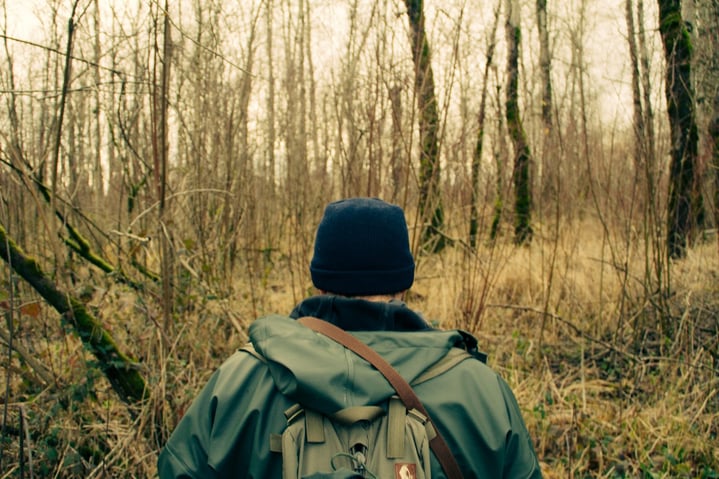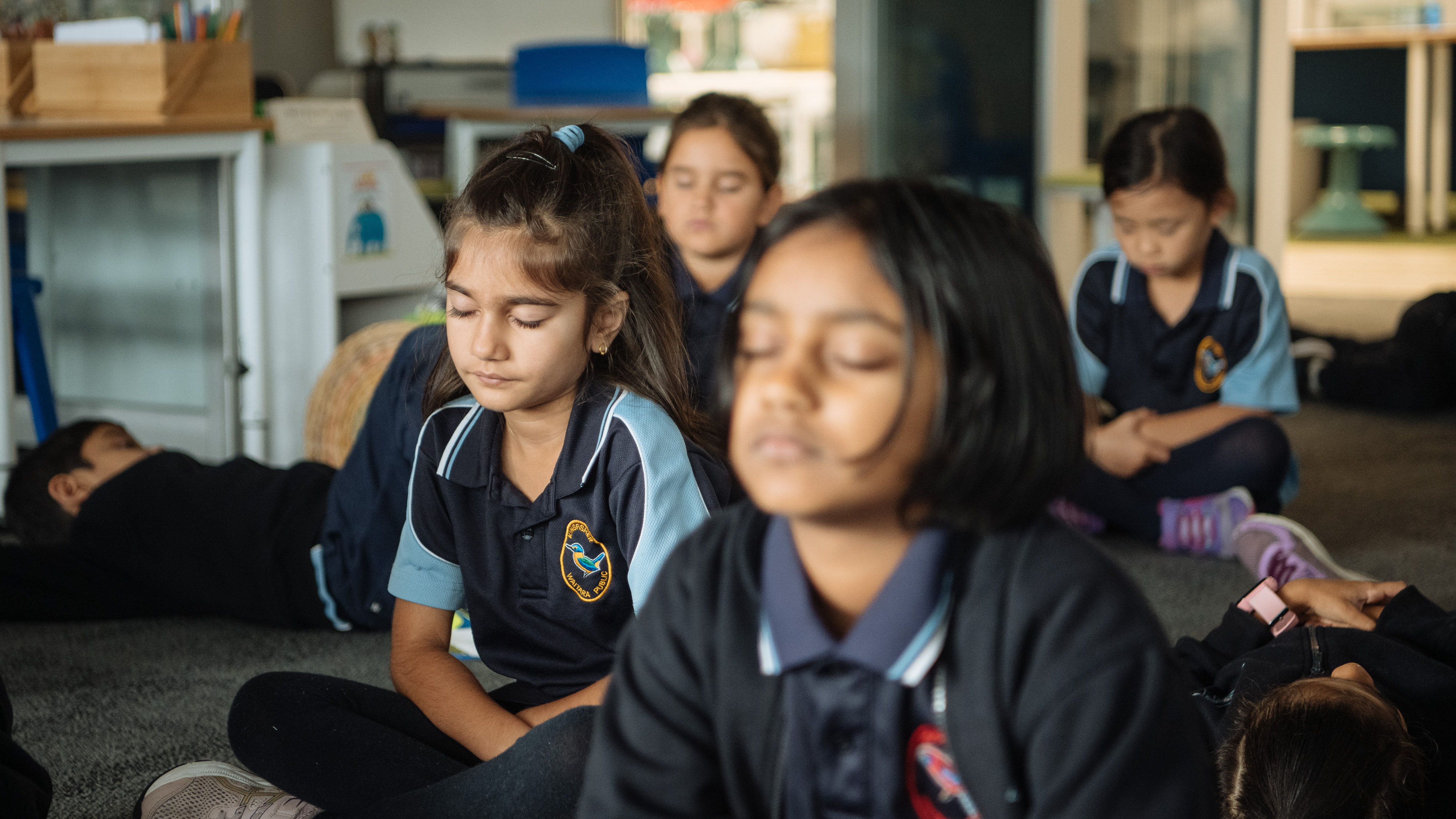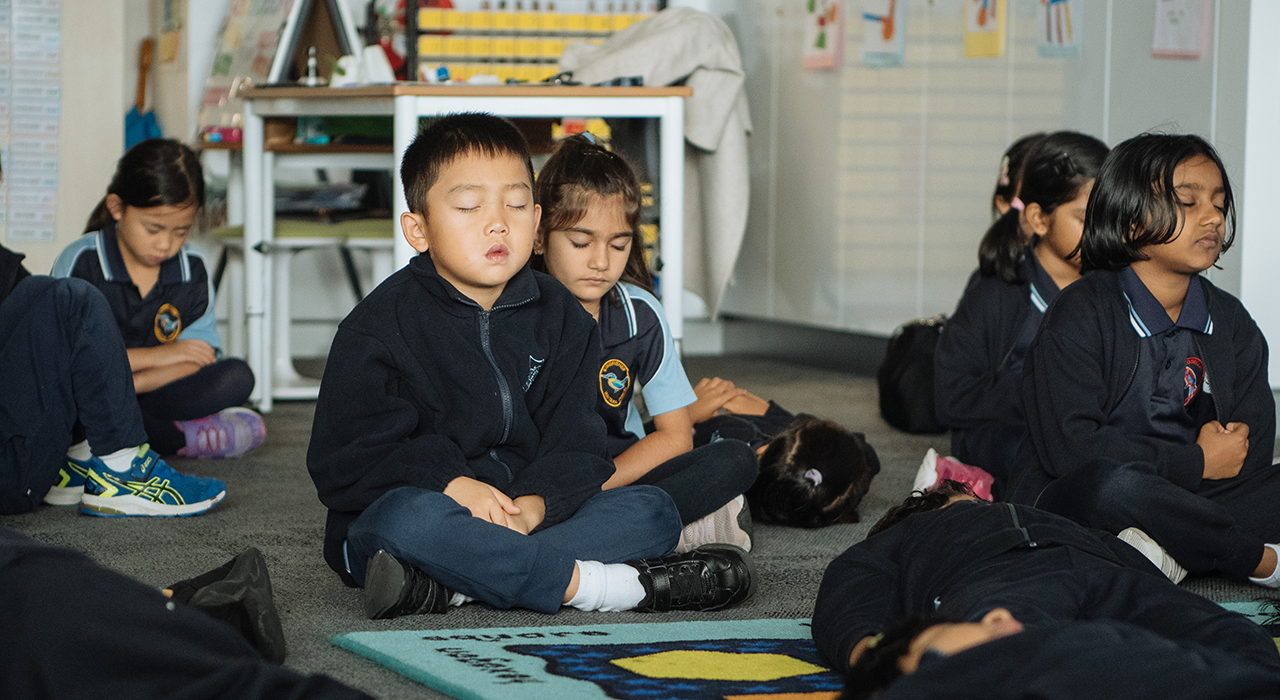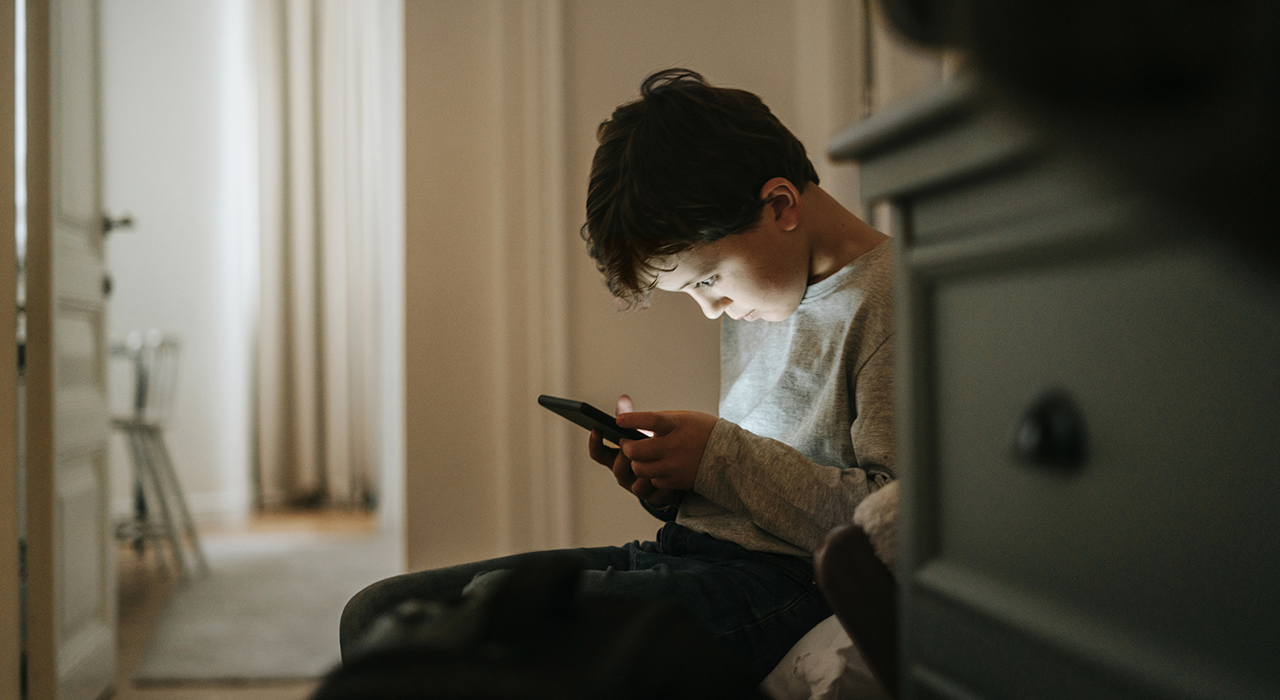Smiling Mind has teamed up with the Do Nothing Challenge to help raise money for mental health and establish healthy habits for doing – that’s right – nothing.
First, you might be curious why 'nothing'? Well, we know from our own research spending just a few minutes on yourself each day can have a profound effect on our overall mental and physical health, and that people who implement regular preventative mental health strategies report overall better wellbeing.
To help you form a healthy habit for 30 minutes of 'nothing' a day, we’ve collected a few tips on dedicating regular time to yourself and getting the most out of switching off.
1. Set yourself a reminder and block out the time in your diary
Nothing sends a message to yourself like setting a reminder and blocking out time in your diary can really help you keep to the habit. It will also send a message to your team you are prioritising your mental health, and so they should too. If you’re using the Smiling Mind app, there is a reminder feature which can help you find a regular time in your day to meditate for just a few minutes by sending you a push notification on your phone.
Did you know it takes you nearly 25 minutes to mentally recover from an interruption to your work day like a simple phone call?1 Why not schedule time after a call to focus on yourself?

2. Update your email signature and set an OOO
Doing nothing can be hard on days when it feels like everyone wants something from you. Let your colleagues know you’ll be taking time for yourself by updating your email signature with the link to your fundraising page. Here's one we prepared earlier:
Hello, I am currently Doing Nothing.
No, I’m not being lazy or rude. I’m simply taking part in The Do Nothing Challenge to raise money for mental health charities. All it takes is 30 minutes a day, every day for November. Maybe you should try Doing Nothing as well! You can read more about it here: https://www.donothingchallenge.com.au/
Once I’ve done nothing, I will be totally refreshed and will get back to you shortly. Thanks!

3. Nothing can look like something
Whether you listen to music, podcasts, meditate, go for a walk, have a long bath, spend some time in the garden, take a quick nap – doing nothing can mean a lot of things, but the most important part is dedicating a few minutes to doing something just for you. Allow yourself the time and the mental space - you know what this looks like better than anyone.
If you’re struggling with this idea, write a list of all the things you put to the side when you get busy, all the things you tell yourself there’s just not enough hours in the day for and start there. When was the last time you played an instrument? Picked up that novel on your bedside table? Baked a cake? You don’t have to do nothing, just make sure what you’re doing is for you and, most importantly, while you're doing it be sure you're bringing mindful awareness to the moment.
For a bunch of other resources to help you Do Nothing, to sign up for the challenge or donate, visit the Do Nothing Challenge website.
1 Mark, G & Gudith, D 2008. The Cost of Interrupted Work: More Speed and Stress.












.jpg)





